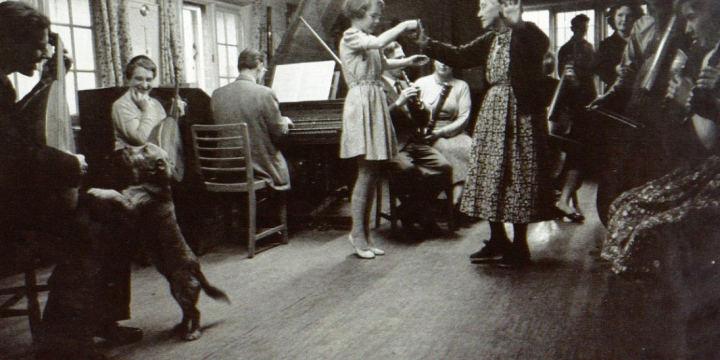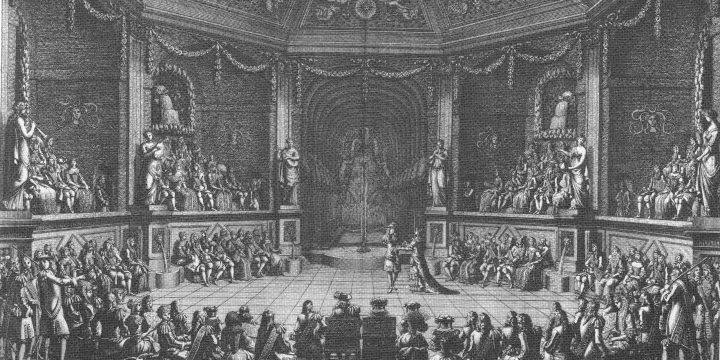A History of Country Dancing – Beyond England
A History of Country Dancingwith an emphasis on the steps Anne Daye, HDS Director of Education and Research The Spread of the Country Dance beyond England Scotland The English country dance was first introduced to Scotland when James, Duke of York (later James II) was sent by King Charles to hold court at Holyrood. For his second sojourn in 1681, his daughter Princess Anne (later Queen Anne, and a talented dancer) enjoyed country dancing when confined indoors. The first known Scottish country dance is John Anderson my jo with choreography and tune found in a manuscript of 1704, yet the dance itself is in the style of the 1680s. Between 1704 and 1749 the development of a Scottish genre of country dance can be traced through manuscript sources. An indication…


